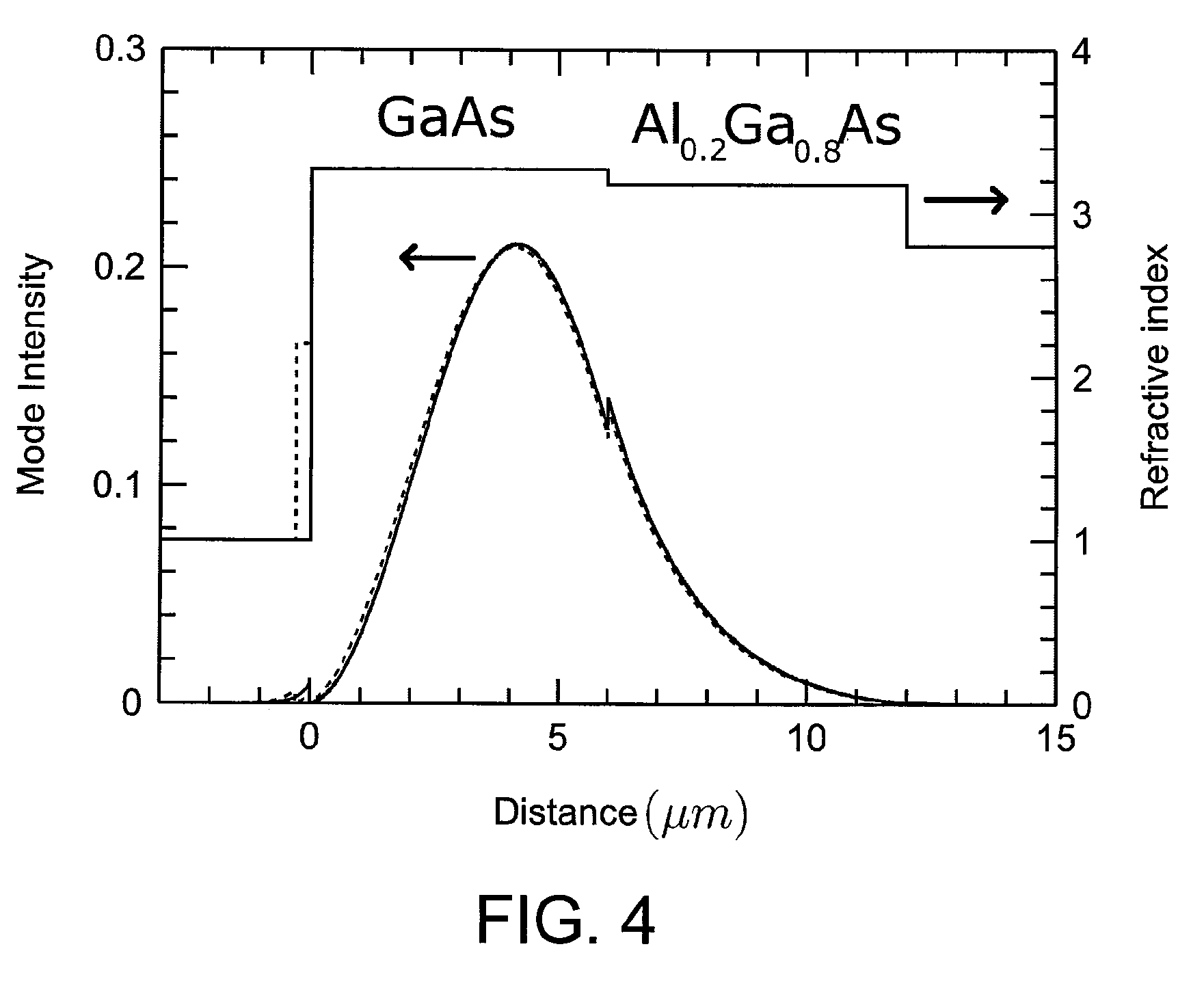Georgia Tech inventors have created a thin-film waveguides detection system and method for detecting target compounds. This invention uses evanescent field absorption to directly detect target compounds (e.g. disposed on the surface of the waveguide) and indirectly through the target compounds interaction with surface modifications (e.g. surface recognition chemistries and biology’s). At the surface of the solid state, thin film waveguide, and/or indirectly through the target compounds interaction with recognition elements not immobilized at the surface of the waveguide (e.g., recognition chemistries, biology’s, and the like) but within the penetration depth of the evanescent field protruding from the surface of the solid state, thin film waveguide. Therefore, label free detection of target compounds can be performed using embodiments of the present disclosure and enable label free detection of target compounds in the mid-infrared region of the spectrum.
- Enables label free detection of target compounds
- Thin-film
- Molecular sensing applications
- Liquid sensing
The mid-infrared (MIR) spectral band is particularly useful for molecular sensing applications. This is due to the excitation of fundamental rotational and vibrational transitions, allowing for sensitive and selective detection of molecules in both gas and liquid phases. For liquid sensing, attenuated total reflection (ATR) and evanescent field absorption measurements facilitate probing of samples. Samples are too opaque for transmission absorption measurements, such as in environmental monitoring, process analysis, and biological applications.

